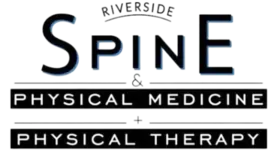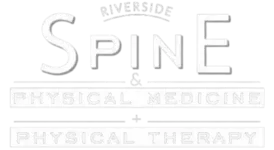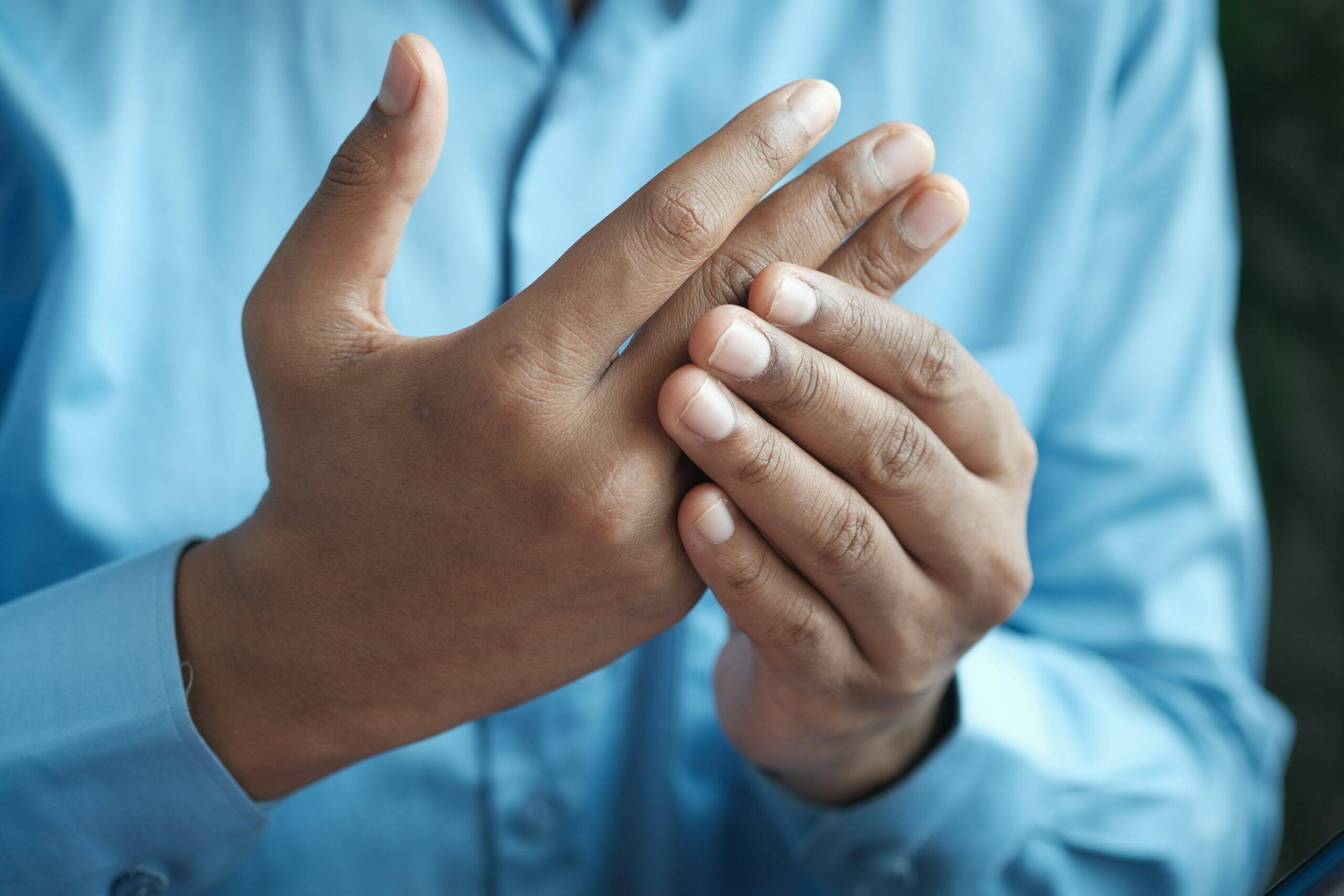Living with arthritis often means grappling with reduced activity levels and increased discomfort. Did you know that regular physical therapy can significantly enhance mobility and strength for those affected? In this article, we’ll explore how physical therapy not only improves flexibility but also addresses key psychological benefits of staying active. You’ll learn about safety considerations to keep in mind during your sessions, along with resources to continue physical therapy beyond the clinic. By gaining these insights, you can take proactive steps to manage your condition and lower the risk of physical decline.
Understanding Arthritis and Its Impact on Activity Levels
Arthritis, a common disease affecting the joints, comes in various types, each impacting joint functionality differently. Maintaining activity levels becomes essential, as staying active can mitigate symptoms and improve overall health. Physical therapy plays a vital role in managing arthritis, offering treatments such as heat application and tailored exercise, including cycling, to enhance mobility and reduce discomfort.
Common Types of Arthritis and Their Effects
Rheumatoid arthritis and osteoarthritis are two prevalent types of arthritis that significantly affect physical activity levels. Rheumatoid arthritis causes joint inflammation, often impacting multiple areas, including the knees, shoulders, and thumbs, which can lead to pain and reduced mobility. Osteoarthritis, characterized by cartilage degeneration, frequently affects weight-bearing joints like the knees, making movement uncomfortable and limiting daily activities.
Understanding these conditions is crucial for effective management. For individuals dealing with arthritis in their thumbs or shoulders, practical education on joint protection and safe movement can enhance their quality of life. Engaging in physical therapy not only helps improve mobility but also educates patients on exercises tailored to their needs, promoting long-term physical health and mitigating the necessity for orthopedic surgery in severe cases.
How Arthritis Affects Joint Functionality
Arthritis impacts joint functionality by causing pain, stiffness, and swelling, which directly affects everyday movements like walking. Patients with conditions such as rheumatoid arthritis or osteoarthritis often experience limitations that make physical activities challenging. For example, inflammation can hinder the knees or hips, making it difficult to maintain the physical activity necessary for overall health.
Injecting anti-inflammatory medications may provide temporary relief, yet long-term management through physical therapy proves more effective. By working closely with a therapist, patients learn exercises designed to enhance strength and flexibility, enabling them to engage in activities they enjoy. This support not only alleviates discomfort but also fosters a sense of independence, empowering patients to improve their overall wellness.
Importance of Staying Active With Arthritis
Engaging in regular physical activity is essential for individuals with arthritis, as it aids in pain management and enhances overall well-being. Many physical therapy programs emphasize the significance of maintaining an active lifestyle, which can help reduce inflammation and improve joint function. Incorporating low-impact exercises, such as swimming or cycling, allows those affected to manage their symptoms while minimizing discomfort, leading to a more fulfilling daily routine.
Alongside physical activity, attention to diet plays a crucial role in weight management for arthritis patients. A balanced nutrition plan can complement physical therapy efforts, helping to alleviate excess strain on joints. By adopting a healthy diet and adhering to an active lifestyle, individuals can experience decreased pain levels and increased mobility, allowing them to participate in activities they enjoy and improve their quality of life over time.
The Role of Physical Therapy in Managing Arthritis
Physical therapy plays a crucial role in managing arthritis by utilizing techniques such as heat therapy to alleviate joint pain and stiffness. Applying heat increases blood flow to the skin and underlying tissues, which helps relax muscles and reduce discomfort. In addition, therapists may incorporate exercises that build endurance, allowing individuals to gradually improve their physical activity levels while managing pressure on affected joints.
Beyond the immediate benefits, physical therapy also supports patients in navigating their conditions through education and personalized treatment plans. Many insurance programs, including Medicare, often cover physical therapy sessions, making it accessible for individuals seeking long-term management strategies. This combination of strategies not only aids in relieving symptoms but also empowers patients with the tools needed to maintain an active lifestyle, addressing both their physical and emotional well-being.
How Physical Therapy Improves Mobility and Flexibility
Techniques used in physical therapy are vital in improving mobility and flexibility for individuals with arthritis. Customized exercise plans specifically designed for arthritis patients target joint function while incorporating stretching and strengthening activities. Through therapy, pain and discomfort related to conditions like psoriatic arthritis can be effectively managed, enhancing overall activity levels and quality of life.
Techniques Used in Physical Therapy
Physical therapists utilize various techniques to enhance mobility and flexibility for individuals with arthritis. Stretching exercises help increase the range of motion in joints affected by arthritis, while strength training can boost the surrounding muscles, providing better support for the joints. These methods, when used alongside medication, assist in reducing stress on the joints and help improve the production and circulation of synovial fluid, which lubricates the joints, promoting smoother movement.
Complementary therapies such as massage and hydrotherapy are also integral to physical therapy for arthritis patients. These techniques can alleviate tension and improve circulation, further easing discomfort. By focusing on these targeted approaches, therapists enable patients to engage in physical activities tailored to their needs, ultimately enhancing their overall quality of life and minimizing the impact of arthritis on daily routines.
Customized Exercise Plans for Arthritis Patients
Customized exercise plans for arthritis patients are essential for promoting weight loss and enhancing mobility. Physical therapists assess each individual’s needs and limitations, creating programs that focus on building strength and improving balance. For instance, gentle activities like swimming or stationary cycling can support joint motion without exacerbating pain, making it easier for patients to achieve their fitness goals.
Insurance often covers physical therapy sessions, providing patients access to tailored care that addresses their unique challenges. Including exercises aimed at improving flexibility can help reduce reliance on corticosteroids, as better joint function leads to less inflammation and discomfort. By following a personalized approach, individuals with arthritis can experience improved daily function and a more active lifestyle.
The Importance of Stretching and Strengthening
Stretching and strengthening exercises are critical for individuals with arthritis, particularly in the wrist and other joints. These practices not only enhance flexibility but also build muscle support around affected areas, reducing joint strain. Often, physical therapists recommend incorporating the use of ultrasound therapies to ease inflammation and improve tissue conditioning, allowing patients to engage in these exercises more comfortably.
A tailored program focusing on stretching and strengthening helps individuals manage their symptoms more effectively. By requesting an appointment with a specialized orthopedic physical therapist, patients can receive personalized guidance on the best exercises for their condition. This proactive approach empowers them to regain mobility and maintain an active lifestyle while minimizing discomfort associated with arthritis.
Addressing Pain and Discomfort Through Therapy
Addressing pain and discomfort through a structured physical therapy program can significantly enhance the lifestyle of individuals with arthritis. Therapists often recommend using splints to immobilize affected joints temporarily, reducing swelling and allowing for easier movement during exercises. These therapeutic interventions help patients manage daily challenges more effectively and can contribute to long-term pain relief and improved functional ability.
Furthermore, physical therapy incorporates targeted techniques to alleviate discomfort associated with arthritis. For example, gentle range-of-motion exercises and manual therapy can help reduce swelling and increase blood circulation, providing immediate relief. This proactive approach not only eases existing symptoms but also empowers individuals to engage more actively in their preferred activities, supporting an overall healthier lifestyle.
Building Strength and Endurance Through Physical Therapy
Building strength and endurance through physical therapy is crucial for individuals with arthritis. Resistance training adaptations tailored for arthritis patients help improve muscle support, while suitable cardiovascular activities, such as swimming, enhance overall fitness. Tracking progress ensures that patients remain motivated, while encouraging consistency in exercise routines may yield long-term benefits, as noted by the National Institutes of Health in their medically reviewed resources on rheumatoid arthritis management.
Resistance Training Adaptations for Arthritis
Resistance training adaptations for individuals with arthritis focus on enhancing muscle strength while minimizing the risk of pain and injuries. Exercises using lighter weights or resistance bands can effectively target specific muscle groups, offering a safer alternative for maintaining strength without exacerbating discomfort. Incorporating ice post-exercise aids in managing inflammation, helping participants feel more energized and motivated during their recovery process.
Physical therapists provide essential information about customizing resistance training programs according to each patient‘s unique needs and abilities. This tailored approach ensures that individuals can safely progress in their strength-building journey, promoting endurance while addressing their pain points. Gradual increases in resistance, combined with proper warm-up and cool-down techniques, further support ongoing activity levels and contribute to overall joint health.
Cardiovascular Activities Suitable for Patients
Cardiovascular activities play a significant role in enhancing overall fitness for individuals with arthritis. Engaging in low-impact exercises, such as swimming or cycling, allows patients to improve their range of motion while minimizing stress on their joints, particularly in the hips. A therapist can design a program that focuses on these activities, ensuring each exercise is safe and effective for maintaining tissue health and building endurance.
A structured approach to cardiovascular training enables arthritis patients to experience improved mobility and reduced pain. As noted in medically reviewed studies, consistent participation in such exercises can enhance joint function and lower inflammation levels. Therapists often recommend gradually increasing the duration and intensity of these activities, helping patients progressively build strength and endurance while addressing their specific needs and limitations.
Tracking Progress in Strength and Endurance
Tracking progress in strength and endurance is essential for individuals managing arthritis. Physical therapists often utilize tools such as regular assessments and functional testing to measure improvements in muscle strength and joint range of motion, especially in areas like the elbow and neck. Additionally, incorporating hydrotherapy can provide a low-impact environment that aids in monitoring progress while minimizing stress on the joints, improving overall mobility.
As patients follow their customized exercise programs, documenting small victories helps maintain motivation. For instance, noting increases in exercise duration or resistance used can highlight advancements in strength. Engaging in community discussions through platforms like podcasts focused on arthritis management can also provide support and shared experiences that enhance understanding of bone health, encouraging continuous participation in therapeutic activities.
Encouraging Consistency in Exercise Routines
Establishing consistency in exercise routines is vital for individuals with arthritis looking to maintain mobility and enhance strength. By incorporating regular stretching and light activities, such as navigating stairs, patients can improve their joint mechanics without undue strain. This gradual but consistent approach aligns with guidance from the Centers for Disease Control and Prevention, which stresses the importance of ongoing physical activity for overall health management.
Physical therapists play a key role in motivating patients to stick to their exercise regimens by integrating medicine and personalized strategies that cater to individual capabilities. Understanding that motivation can wane, therapists often encourage setting small, achievable goals that build confidence and foster a sense of accomplishment. Such methods not only help maintain physical engagement but also create lasting habits that support long-term well-being and a higher quality of life for those managing arthritis symptoms.
The Psychological Benefits of Staying Active With Arthritis
Exercise contributes significantly to improving mental health for those with arthritis, offering benefits beyond physical well-being. Therapy sessions, including strength training and electrotherapy, not only enhance joint functionality but also foster a sense of community among patients. Strategies to overcome mental barriers can empower individuals, supported by personal success stories and testimonials that inspire continued activity. This section explores these aspects in detail.
Improving Mental Health Through Physical Activity
Engaging in physical activity, such as water aerobics, can significantly enhance mental health for individuals suffering from arthritis. These activities stimulate the release of endorphins, which are natural mood lifters, helping to alleviate feelings of anxiety and depression. For those managing conditions like ankylosing spondylitis, incorporating such low-impact exercises into physical therapy can cultivate a sense of accomplishment and well-being, fostering a more positive outlook on life.
Physical therapies not only address physical limitations but also promote social interactions, vital for mental health. Participants often find community support through group classes, which can be particularly beneficial during challenging times, such as pregnancy or recovering from a flare-up. By engaging in physical activities, individuals with arthritis can experience improved self-esteem and resilience, making it easier to cope with the emotional aspects of their condition.
Building a Supportive Community for Patients
Building a supportive community is vital for arthritis patients, as it fosters connections that can help combat feelings of isolation and anxiety. Support groups offer an environment to share experiences, providing crucial insights into managing symptoms like joint stiffness and issues related to gait. By engaging with others facing similar challenges, participants can learn practical coping strategies, enhancing their emotional well-being and overall resilience.
Moreover, communities focused on arthritis and physical therapy often emphasize the importance of maintaining an active lifestyle to prevent additional health concerns, such as type 2 diabetes. In these settings, patients can access resources and workshops that educate them about injury prevention and rehabilitation exercises targeting nerve health. This collective effort encourages individuals to stay motivated and informed, enhancing their journey towards improved physical and mental health.
Strategies to Overcome Mental Barriers to Activity
To tackle mental barriers that inhibit physical activity, individuals with arthritis can benefit from establishing a tailored treatment plan that includes soft tissue therapies. These treatments increase blood flow, reduce stiffness, and improve flexibility, making patients feel more comfortable when engaging in movements. By consistently incorporating these techniques, they not only ease physical discomfort but also bolster confidence in their ability to participate in various activities.
Additionally, setting realistic goals and celebrating small achievements can significantly boost motivation. When individuals track their progress and recognize improvements in their flexibility and overall health, they are more likely to push through mental blocks. By focusing on gradual advancements in physical activity, they create a positive feedback loop that fosters a proactive mindset toward their wellness journey.
Final Thoughts
Physical therapy is essential for individuals with arthritis, as it actively enhances mobility and supports sustained physical activity. By utilizing customized exercise plans, patients can effectively manage their symptoms and improve joint function, allowing them to lead a more fulfilling life. Additionally, the collaborative approach with qualified professionals ensures safety and personalized care, which empowers individuals to recognize their limitations and build strength. Prioritizing physical therapy not only alleviates discomfort but also fosters a sense of independence and emotional well-being, underscoring its critical role in arthritis management.



